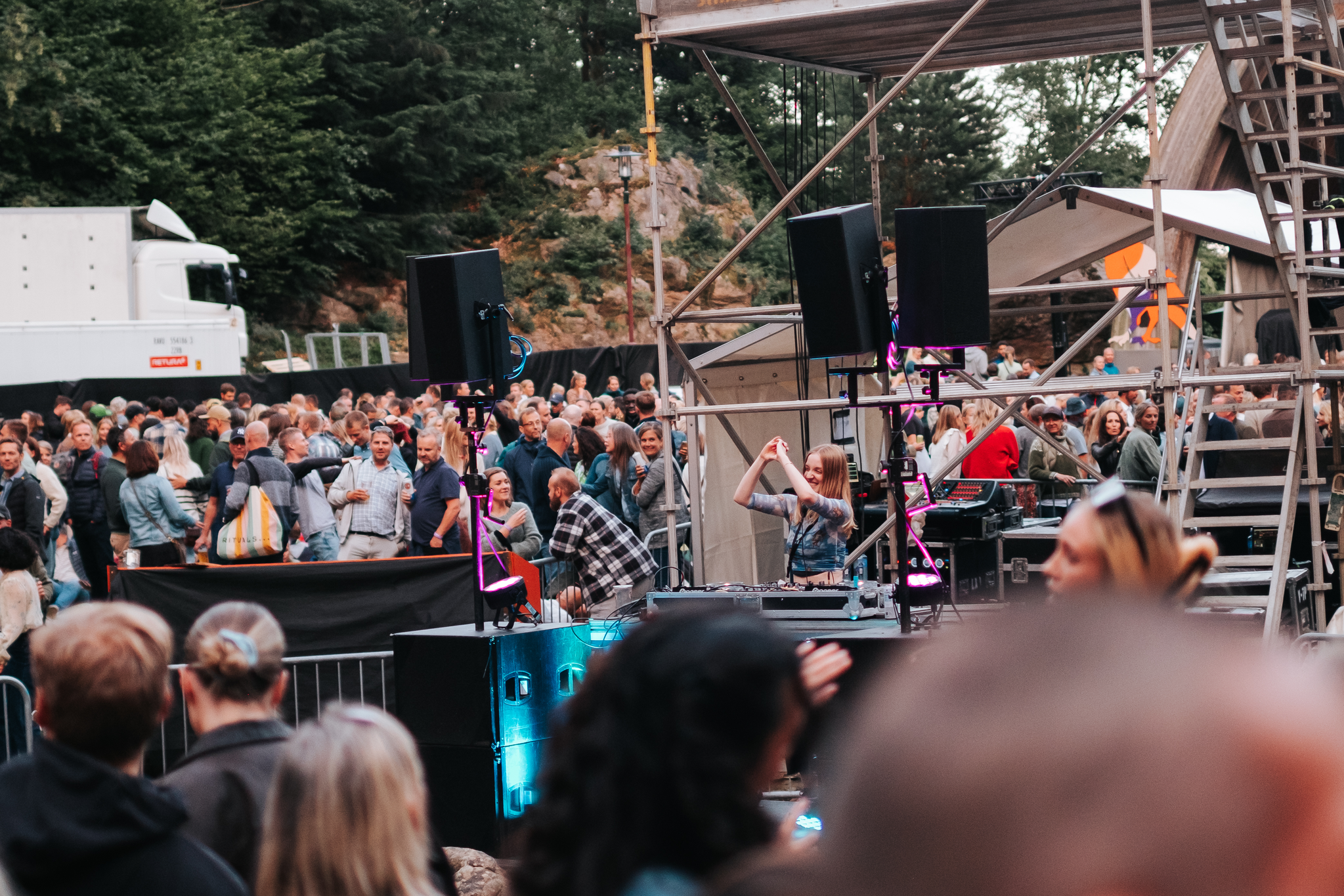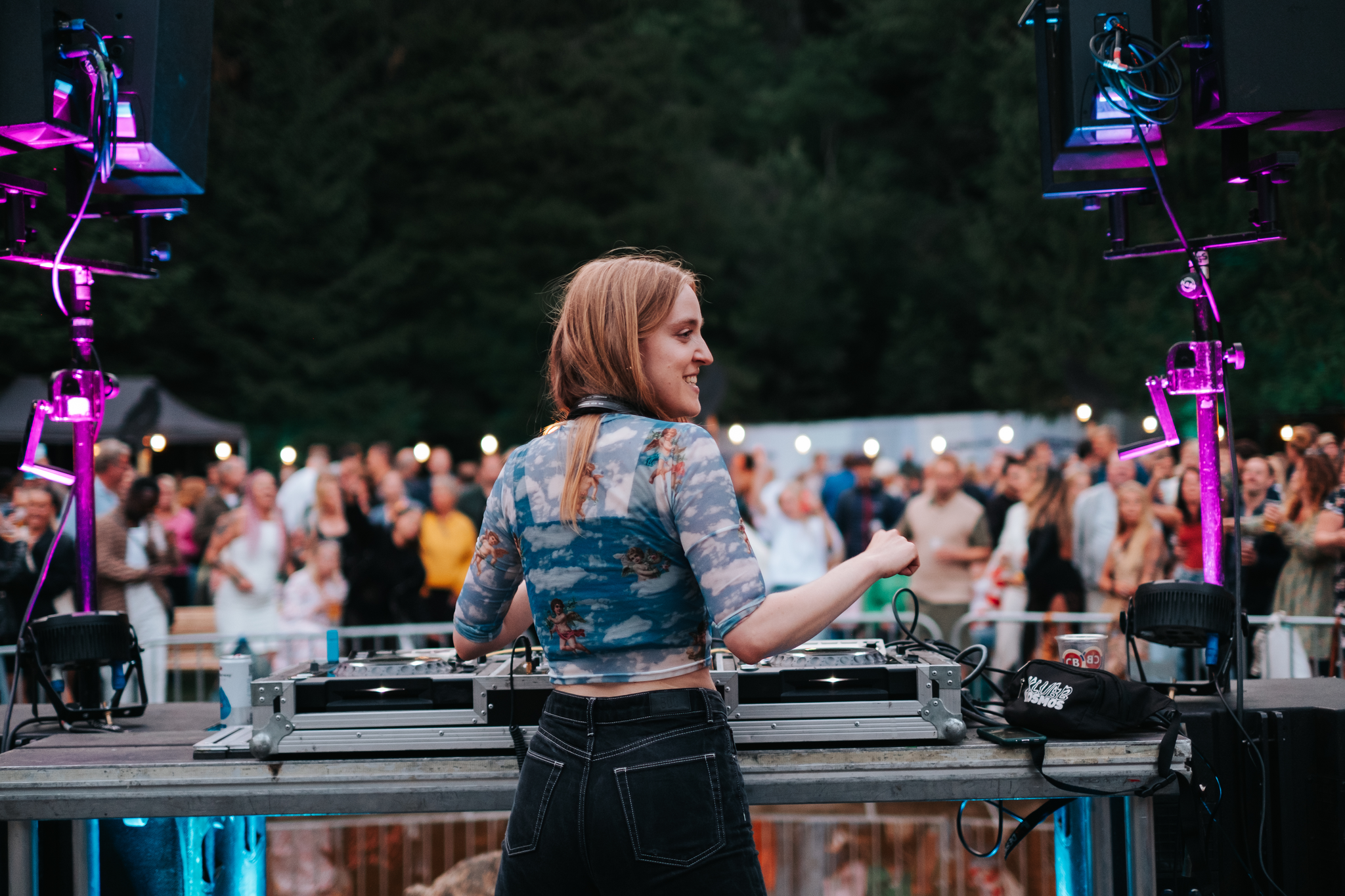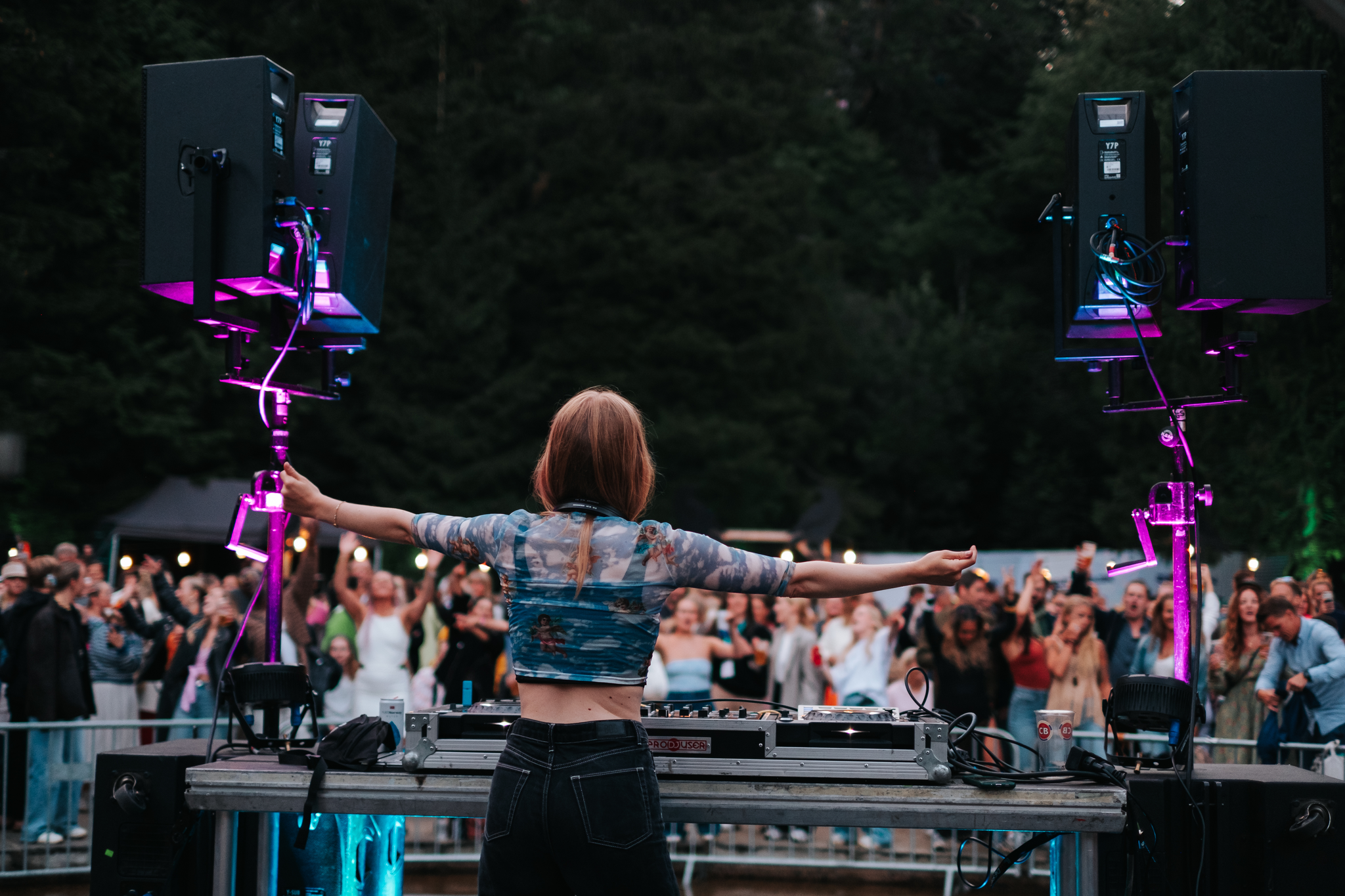Conclusion
This Master's project has been an exciting endeavour in the field of artistic research, focusing on the quest for "the hybrid performance". Through artistic practice, I have explored the realm between live and DJ sets, raising the question of how I could combine my knowledge and experiences as an electronic music producer, live performer, and DJ. By drawing attention to the rich culture that lies behind the world of music production technology and club music today, I gained insights into those who paved the way for me as an artist within electronic club music. While revisiting the history of club music and music production, I have particularly focused on non-male pioneers and perspectives, as these voices have often been forgotten and excluded from history books.
The difference between DJ sets and live sets at a club night might look the same to the untrained eye – but they have their own unique set of equipment utilised, and vary if the music is self-produced or been made by other artists. This research project does not aim to serve as an extensive guide or tutorial on music production and DJing techniques. Instead, it seeks to provide insight into my artistic practice and reflections on how the development of a hybrid performance can unfold. Nevertheless, I have some short descriptive videos included to better explain exactly what I am trying to describe while referring to the hybrid setup. The reason for this was I wanted to ensure that the reader – if intrigued with starting their own hybrid performance journey – could quickly start doing so. Other techniques like the “nudge” function, how to combine the DAW and DJ decks, the aspect of beat-matching, and creating your own soundbank are topics explored through artistic practice in this research project.
The two live set performances “Vårsøg” and the “Master Concert” were two impactful and important stepping stones in the hybrid performance development. The experience from these two live sets gave me new knowledge on how to produce club music, and to more confidently sing in front of an audience. They guided me in discerning which elements to select when launching clips and scenes in Ableton Session View, as well as determining which elements should be performed live on my midi-keyboard.
The DJ sets I completed over the last two years contributed significantly to my confidence in delivering impromptu performances in front of an audience. This newfound confidence further facilitated my realisation that I could improvise more with vocals and incorporate live instrumentation during my sets. The connection to the audience and the liveness in performance hinge on striking a balance between dancing, engaging with the music and the crowd, and ensuring visibility while manipulating knobs and pressing buttons.
While not everyone may grasp the intricacies of these technical aspects, I argue that, for hybrid performances, drawing on experiences from both methods and merging them results in a more engaging experience for the dance floor.
The hybrid performance at Cornerteateret 22nd of December 2023, as shown in the video, marks both an ending and a beginning. It concludes my work with this master project and serves as a starting point for further development into the topics raised in this artistic research project. Thinking back to that pivotal moment I described in the foreword of this research project – about being at a standstill in Berlin after a hard and extensive period of the lockdown – I can say with confidence that I took the right turn by moving to Kristiansand to start the Masters programme at UiA in the autumn of 2021. While establishing meaningful contacts, acquiring the skill to DJ, developing my own sound, and so many other factors, I have enriched my life and musical career. Even though hybrid performance is not a new invention, I hope this research project can provide insight into possible approaches to a hybrid set – inspiring other DJs and live artists to merge these two worlds, and start a hybrid journey of their own.


